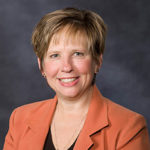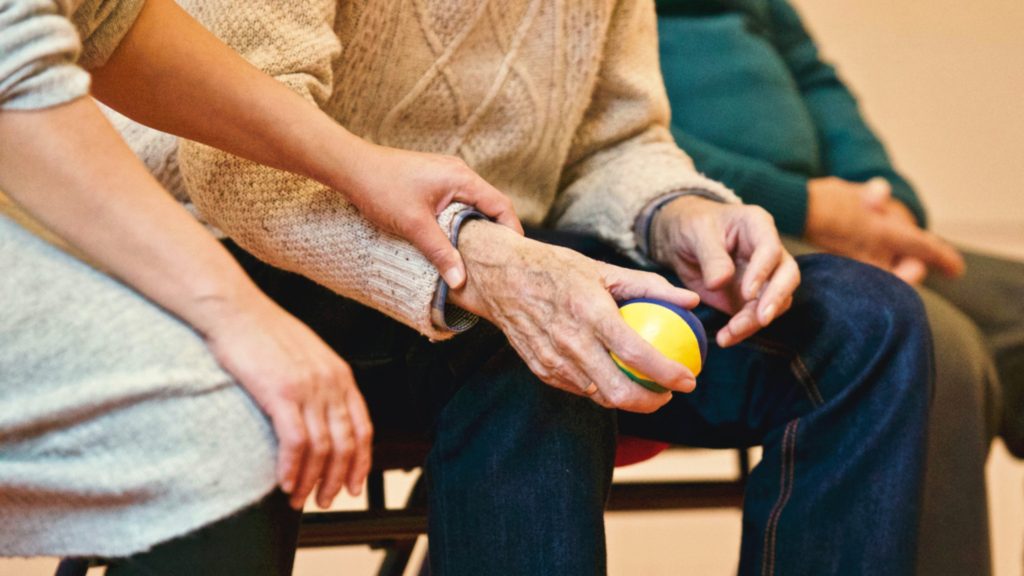VCU’s Richmond Health and Wellness Program works to create equitable solutions for older adults.
The topic of equity in healthcare – an evening-out of the playing field when it comes to access to care among all populations – has been a gathering concern over the past several years. While the Affordable Care Act has been credited with narrowing the gap between those with and without insurance, significant disparities persist, especially with respect to ethnicity, income and age. In many ways, over the past year, the pandemic has further exposed the inequality that exists among populations, whether it’s in access to COVID-19 tests and treatments or to the availability of vaccines.
In Central Virginia, one organization has been focused on increasing access to care among older and disabled adults. The Richmond Health and Wellness Program, run out of VCU’s School of Nursing, has pioneered an innovative model that targets vulnerable older populations in low-income housing, venues that have historically been underserved when it comes to the availability of affordable healthcare. Students at six VCU schools related to health (e.g. Nursing, Medicine, Social Work and even Law) work within five apartment buildings, talking to elderly residents for the purpose of assessing their needs and creating healthcare plans specifically tailored for each person.

“The question we asked at the outset was: ‘how do we get to people in a more fully and more integrated way?’” said Dr. Pam Parsons, the associate dean for practice and engagement at the School of Nursing. “The solution was to have an active and consistent presence where they lived, helping to foster important relationships with the residents.”
But then came the pandemic, and the opportunity to interact in person became the victim of even greater health concerns. Parsons says that the program had begun considering ways to reach residents through different platforms even before the pandemic, but the virus accelerated the move to some technological solutions.
“When COVID-19 hit, we started looking more at how to bring technology to the individuals we serve to increase the ways that they could connect with others socially as well as around their care and daily living to improve their quality of life,” Parsons explains. “We started down the path with our housing partners and with some of the resources available at VCU and tried to make a connection.”
Enter telehealth.
But telehealth was not a ready solution. After all, some of the technology was not readily available to residents. Some had phones that provided just 30 minutes of online service per month. So, Parsons and her team attacked the problem just as they had in dealing with other limitations to healthcare access.
“It’s like community-engaged research where you need to remember to ask people that you are serving what they want and need,” Parson says. “Where is their level of knowledge about such things? What types of devices or platforms would they like to have?
Soon after, the program received a federal CARES grant for the Geriatric Workforce Enhancement program. Those funds provided devices that the team could provide to individuals that would allow them to make critical connections – not only to healthcare providers but for social connections as well. Telehealth enabled them to reestablish the momentum they had begun in conducting risk assessments and developing care programs. It also provided a platform for a kind of video library where people could easily get more detailed information about certain conditions and preventive health protocols through culturally appropriate vignettes.
And while the online interactions are an important part of achieving health outcomes for community members, they also have been an indispensable part of the faculty and students’ training experience.
“What has been wonderful is the willingness of the residents to accept this kind of platform as a means to help them,” adds Parsons. “That helps move us in the right direction, and we’re excited about that.”

